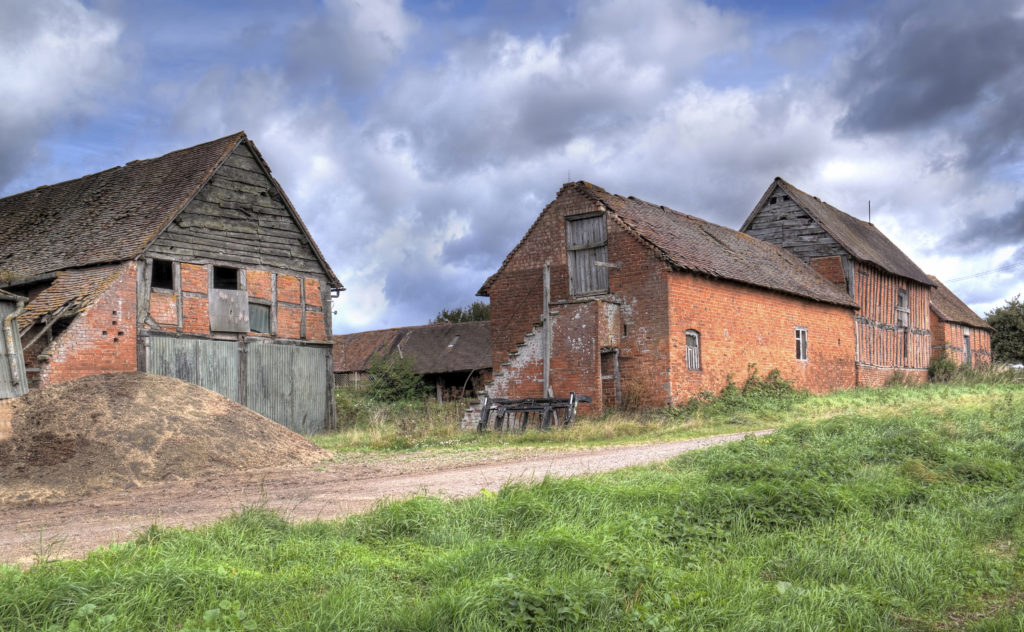
A recent report indicates that Local Planning Authorities are refusing more than a third of applications for the conversion of agricultural buildings to dwellings under the new permitted development regime. Planning expert, Duncan Tilney from Stephens Scown LLP considers why.
This trend is in stark contrast with the average refusal rate (as set out by the DCLG for England) of 12% for all planning applications. The comparison is even more disturbing when you consider that the conversion to dwellings is a permitted development right where the principle of the development is supposed to be accepted subject to certain matters of prior approval.
Practice has certainly varied across the different local authorities. The starting position for many was that the locations of agricultural buildings were unsustainable. One might have presumed that Parliament was aware that agricultural buildings will be found, for the most part, in the countryside! Nevertheless the NPPF (National Planning Policy Framework) was amended to make clear that that should not be a reason in itself for refusal.
Some authorities have sought to impose agricultural occupancy conditions on the prior approval. However, although there is a right to impose conditions, they can only relate to matters of prior approval. Since the identity of future occupiers isn’t a matter for prior approval (these will be open market houses), such a condition would be unlawful.
Next, came the court case of Hibbitt, the conclusion of which has been used widely by planning authorities to refuse schemes. In truth, the case did little more than confirm the obvious point that there is a distinction between works that constitute ‘conversion’ (allowed) and those that would be considered to be ‘re-building’ (not allowed). In response, many owners are considering the extent to which they can repair existing buildings (which won’t necessarily be development requiring planning permission) ahead of making their application for the conversion.
Finally, some planning authorities are starting to question the impact on the underlying agricultural business of the loss of these buildings. The permitted development legislation does set a maximum limit on the number of dwellings that can be converted on any given unit. It would have been open to Parliament to prevent the last building on a unit from being converted or some other minimum level of retention. However, Parliament instead assumed, not unreasonably, that the individual owner is best placed to decide the strategy for their business.
Undeterred, the Government has recently amended the right to allow a larger number of smaller dwellings to be created and has clarified the way in which required internal structural works are to be considered.
Given the potential return to the landowner and a general sense in the farming community of a need to secure their financial position against any Brexit shocks to come, this journey is far from over.
Duncan Tilney is a specialist in planning law and a partner in the rural services team at Stephens Scown LLP. He can be contacted on 01392 210700, email solicitors@stephens-scown.co.uk.
This article was first published in the April Westcountry Farmer.
